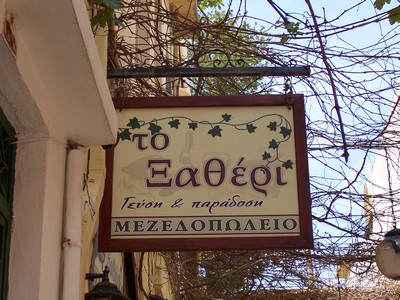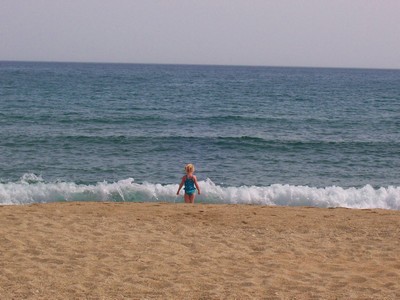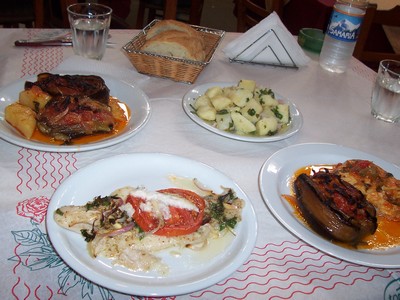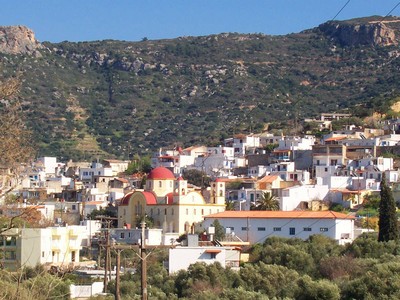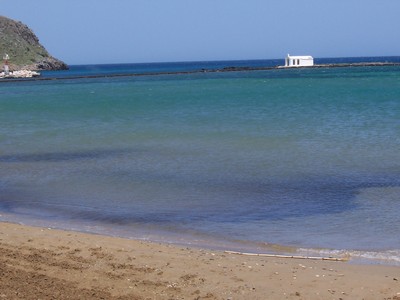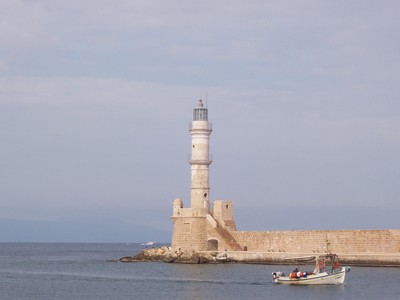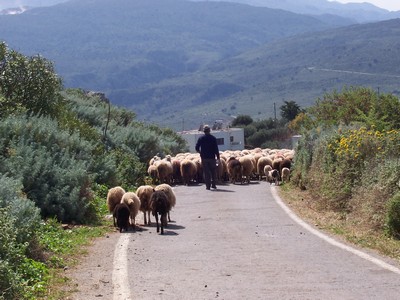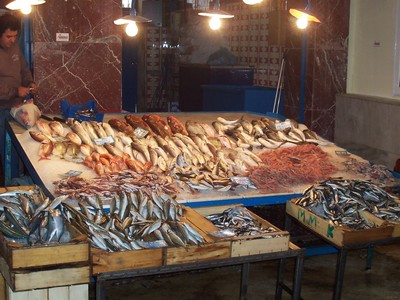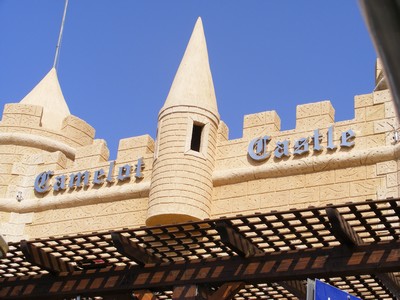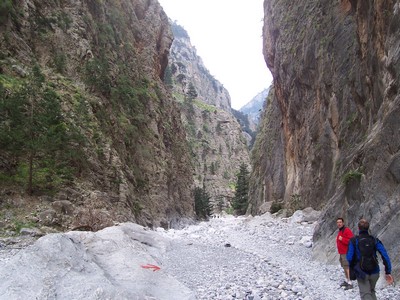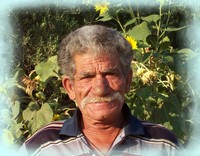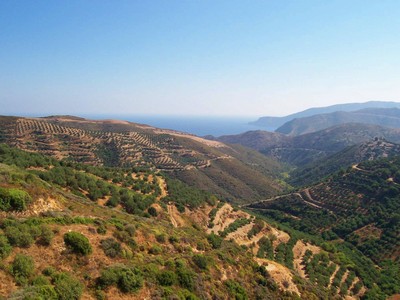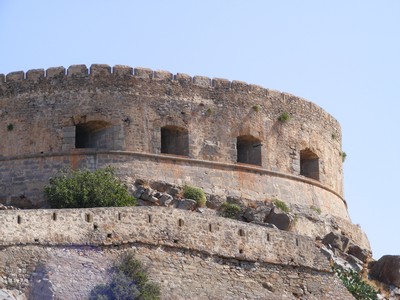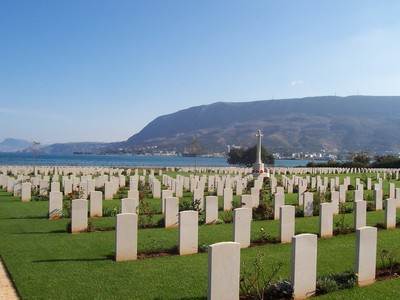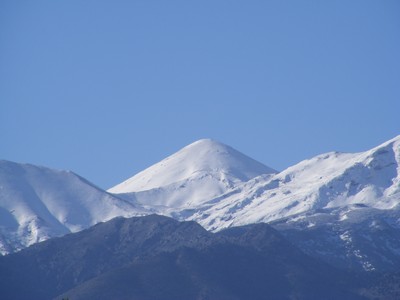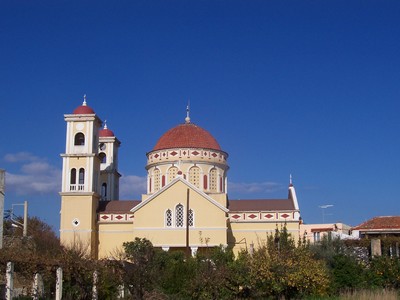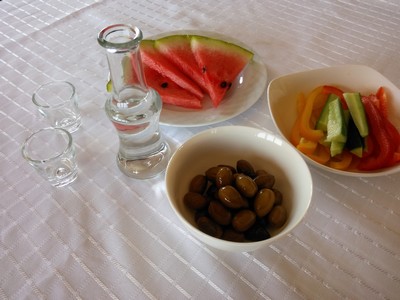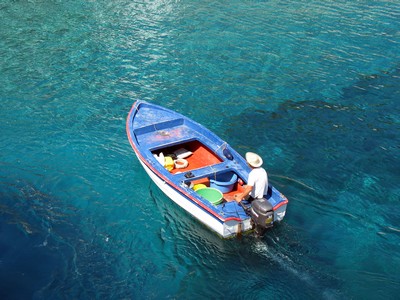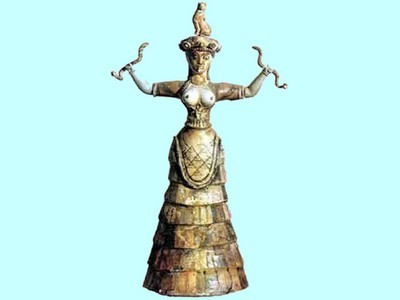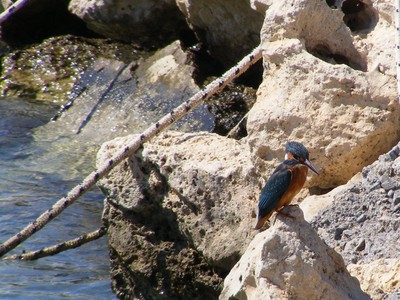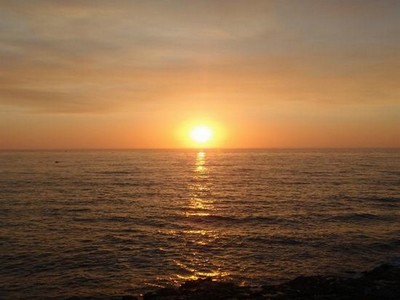Crazy about the Greek island of Crete!
Spinalonga Island Leper Colony
Table of Contents
The Tragic Yet Inspiring Story of Spinalonga Island Leper Colony
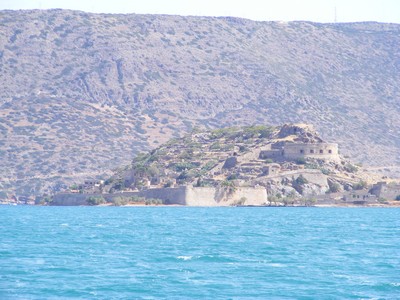
Here, you'll learn about the Spinalonga Island Leper Colony (also known as Kalydon), located in East Crete off the coast of mainland Crete, close to the villages of Elounda and Plaka in the Lasithi region.
The island of Spinalonga was originally an ancient fortress, first built to protect the once-flourishing town of Olous (Elounda)—a significant centre of Minoan Crete between 3000–900 BC. Later, in the 16th century, the Venetians constructed an impressive fortress on Spinalonga, reinforcing it over the ruins of an ancient acropolis. This stronghold was considered impregnable, standing as one of the last Venetian outposts in Crete.
That didn’t stop the infamous pirate Barbarossa (now featured in the Hollywood film Pirates of the Caribbean) from attempting to storm the fortress. However, the Venetians held their ground until 1715, when the island fell to the Ottoman Empire, transforming into a thriving Turkish settlement with around 1,000 inhabitants.
How Spinalonga Became a Leper Colony
As Crete gained its independence, the Turkish inhabitants of Spinalonga were reluctant to leave. It is said that, in an effort to force them out, the Greek government designated Spinalonga Island Leper Colony as an official quarantine site.
From 1903 to 1957, Spinalonga became home to around 400 people diagnosed with leprosy, a disease historically feared and misunderstood.
Understanding Leprosy – A Disease Shrouded in Fear
Leprosy is one of the world’s oldest known diseases, and for centuries, those afflicted were cast out of society. While leprosy is often associated with visible deformities affecting the face and limbs, it can actually take years for physical signs to appear.
Many people in the past hid their symptoms out of fear of being exiled from their families. In the biblical era, leprosy was considered a divine punishment, and sufferers were labelled as "unclean." This stigma persisted for centuries, only beginning to change in the 19th century, when scientists discovered that leprosy was caused by bacteria rather than sin or bad fortune.
Even though modern medicine has since found a cure, leprosy is still present today in parts of India and Africa. Many sufferers only experience mild symptoms, such as skin pigmentation changes or slight numbness, making it a disease that often goes unnoticed in its early stages.
Life on Spinalonga Island Leper Colony
While exile to Spinalonga Island Leper Colony seemed like a cruel fate, the banished inhabitants did not dwell in despair. Instead, they built a thriving community.
Despite their isolation, they created a bustling village with:
- A shopping street
- Cafés and a cinema
- A church
- Homes, allotments, and even a hospital
Though there were inevitable deaths on the island, life carried on—children were born, couples married, and friendships flourished. The residents supported one another, refusing to let their condition define them.
By the late 1950s, effective treatment for leprosy had been discovered, and the need for quarantine was eliminated. In 1957, the Greek government officially closed the colony, leaving Spinalonga uninhabited ever since.
Spinalonga Island Today – A Hauntingly Beautiful Tourist Attraction
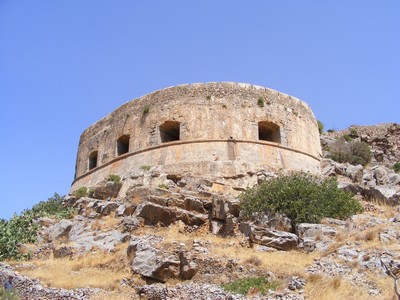
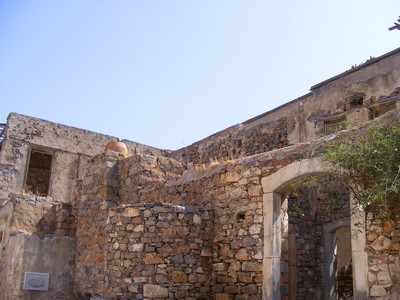
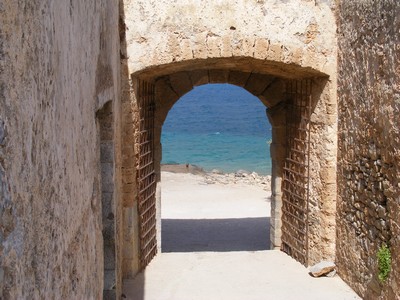
Today, the haunting yet fascinating Spinalonga Island is one of Crete’s most popular historical attractions. Easily accessible from Elounda and Agios Nikolaos, visitors can take a short boat trip to explore the well-preserved ruins of the former leper colony and fortress.
Upon arrival, tourists enter through Dante’s Gate, a tunnel so named because those exiled to Spinalonga had no idea what awaited them on the other side. Guided tours lead visitors along the restored streets, offering glimpses into the island’s tragic past.
Notable sites include:
- A reconstructed street showcasing how life once looked for the leper community.
- The small church, where people sought solace and hope.
- The graveyard, where hundreds of former residents were laid to rest.
- The hospital ruins, perched on the hill with breathtaking views across to the mainland.
A small museum traces Spinalonga’s layered history, from its time as a Venetian fortress to its tragic role as a leper colony.
For anyone visiting Crete, Spinalonga is a must-see destination—a place that tells a story of suffering, resilience, and survival. It stands as a poignant reminder of how societies once treated those afflicted by disease, but also of the human spirit’s ability to endure even in the darkest times.
Opening Times and Fees
As of 2025, the entrance fee to Spinalonga Island is €8 per adult.
The operating hours for Spinalonga Island can vary seasonally. Typically, the site is open daily from 8:00 AM to 6:00 PM during the peak tourist season (April to October). However, hours may be reduced during the off-peak months.
To reach the island, boat services are available from Plaka, Elounda, and Agios Nikolaos. The boat trip duration varies depending on the departure point:
- Plaka: Approximately 10 minutes
- Elounda: Approximately 20 minutes
- Agios Nikolaos: Approximately 45 minutes to 1 hour
Boat ticket prices range from €10 to €15 per person, depending on the departure location and the tour operator.
Boat tickets are separate from the island's entrance fee. Try to arrive early during peak seasons to avoid crowds and to check the latest schedules and prices with local tour operators or official sources before planning your visit, as these details can change.
For the most accurate and up-to-date information on Spinalonga Island, including opening hours, admission prices, and visitor guidelines, visit the official website:
Spinalonga Island Official Website
Want to discover even more of what Crete has to offer?
Explore hidden gems, must-visit spots, and insider tips below!
Just Some of the Reasons We Love Crete
Did you love this page? Please share it with your friends!
© Copyright All Original Content 2006 - 2025 Completely-Crete.com. All
Rights Reserved. Reproduction in whole or in part without permission is
not permitted.
Click here to learn about developing your own money-generating website
from Solo Build It! - even with little or no web experience!
